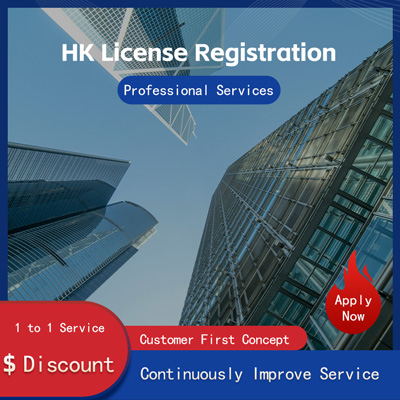
U.S. Trademark Registration Guide Process Key Considerations
Registering a Trademark in the United States A Comprehensive Guide
Registering a trademark in the United States is a crucial step in protecting brand assets, especially for businesses and individuals aiming to expand into the U.S. market. Trademark registration not only prevents brand misuse by others but also strengthens legal protection. This article provides a detailed explanation of the trademark registration process and key considerations in the U.S., incorporating recent developments to help readers fully understand the procedure.

I. The Importance of Trademark Registration
A trademark is a vital component of a company’s brand identity. It represents the origin of products and carries the company’s reputation and consumer trust. In the U.S., trademark registration is managed by the United States Patent and Trademark Office USPTO. Registered trademarks provide stronger legal grounds for brand protection, particularly in legal disputes over infringement, where trademark owners hold a significant advantage.
In recent years, with the rapid growth of cross-border e-commerce, more Chinese companies have turned their attention to overseas markets, with the U.S. being a top destination due to its large consumer base and mature business environment. However, many companies overlook trademark registration, leading to brand hijacking or legal disputes. According to 2025 media reports, several Chinese sellers on Amazon were removed from the platform by competitors due to lack of trademark registration, resulting in significant losses. Proactively registering trademarks in the U.S. has become essential for companies expanding overseas.
II. Basic Trademark Registration Process
1. Trademark Search
Before submitting an application, it is essential to conduct a trademark search to ensure the selected mark is not already registered or applied for. The USPTO offers a free online search tool called the Trademark Electronic Search System TESS, which allows applicants to check existing trademark databases.
2. Determine Trademark Type and Class
Trademarks can be categorized as word marks, logos, combinations, sounds, or colors. Applicants must specify the type of trademark and choose the appropriate goods or service classes based on the Nice Classification system. The U.S. follows a first-to-use principle, meaning the trademark must already be in commercial use to qualify for registration.
3. Prepare Application Materials
Application materials include
Applicant information individual or company name, address
Trademark design
Description of goods or services
Use statement if already in use or intent-to-use statement
Trademark usage samples e.g., product photos, packaging, advertising materials
4. Submit the Application
Applications can be submitted online via the USPTO website or through a U.S.-licensed trademark attorney. Fees vary depending on the number of classes and the submission method, typically ranging from $250 to $350 per class.
5. Examination Stage
The USPTO conducts both formal and substantive examinations. Formal examination checks the completeness of documents, while substantive examination evaluates the trademark’s distinctiveness and potential for confusion with existing marks. The review process typically takes 3 to 6 months. If issues arise, the USPTO will issue an Office Action, requiring a timely response or amendment.
6. Publication and Opposition
If the application passes examination, the trademark will be published in the USPTO’s Official Gazette for a 30-day opposition period. Third parties may file an objection during this time. If no opposition is filed or if objections are rejected, the trademark proceeds to registration.
7. Issuance of Registration Certificate
Finally, the USPTO issues a trademark registration certificate. The validity period is 10 years, and renewal can be applied for before expiration.
III. Common Issues and Key Considerations
1. Trademark Distinctiveness
The U.S. has high standards for trademark distinctiveness. Generic or descriptive terms, such as apple used for fruit, are unlikely to pass examination. It is advisable to choose creative and distinctive names or designs.
2. Accuracy of Use Statements
The U.S. follows a use-based system. Applicants must state whether the trademark is already in use. If filed as an intent-to-use application, proof of use must be submitted within 6 months after approval, or a request for extension must be filed.
3. The Necessity of Legal Representation
Although individuals can apply on their own, the complexity of U.S. trademark law and potential legal issues during the examination process make it advisable to engage an experienced U.S. trademark attorney to increase the chances of successful registration.
4. Avoiding Trademark Conflicts
Even after a preliminary search, a trademark may still be found similar to an existing one during examination. To minimize rejection risks, avoid creating marks similar to well-known brands.
5. Maintenance and Renewal
Trademark registration is not permanent. In the U.S., trademark owners must submit a Declaration of Use between the 5th and 6th year after registration and apply for renewal between the 9th and 10th year. Failure to submit required documents on time may result in cancellation.
IV. Recent Trends and Recommendations
With the evolving U.S.-China trade relationship and increased global brand awareness, more Chinese companies are prioritizing intellectual property protection. Industry reports from 2025 indicate a continuous rise in Chinese trademark applications in the U.S., particularly in consumer electronics, fashion, and beauty sectors.
The USPTO has recently intensified scrutiny of application authenticity, especially regarding usage samples. Some companies have been rejected or even blacklisted for submitting false samples. It is strongly recommended that applicants ensure the accuracy and compliance of all submitted materials.
V. Conclusion
Registering a trademark in the United States is a comprehensive process that involves legal, commercial, and branding considerations. Through strategic trademark planning and adherence to proper registration procedures, companies can effectively protect their brand identity and lay a solid foundation for future market expansion. For businesses aiming to enter the U.S. market, early planning, professional execution, and ongoing maintenance are key to successful trademark registration.
Helpful (0)
No help (0)
Still have questions after reading? More than 98,000 users have contacted us. Please fill in the following information to obtain business information.

Previous Article
Do You Need a Lawyer to Register a Trademark in the U.S.? The Answer Might Surprise You!
Jul 26, 2025Next Article
Guide to Registering a U.S. Trademark for Singapore Businesses Costs, Process Tips
Aug 03, 2025Service Scope
MoreRecommended for You
- How to Successfully Register a Trademark in the U.S. for a Singapore Company? A Practical Guide
- How to Apply for a U.S. Trademark After Registering a Company in Singapore? A Detailed Guide on Costs and Process
- Comprehensive Analysis of US Companies Registering Trademarks in China How Much Do You Know?
- How to Successfully Register a Trademark in the U.S. A Comprehensive Guide for Shenzhen Companies!
- Guide to Registering a U.S. Trademark for Singapore Businesses Costs, Process Tips
- Do You Need a Lawyer to Register a Trademark in the U.S.? The Answer Might Surprise You!
- What Documents and Procedures Are Needed to Register a Company and Apply for a Trademark in the U.S.?
- How to Easily Register a Company Trademark in the U.S. and Hong Kong? A Detailed Guide!
- How to Successfully Register a Trademark in Hong Kong for Overseas Brands? A Comprehensive Analysis of Requirements and Details!
- Do You Need a Trademark to Establish a Subsidiary in Hong Kong? In-depth Analysis on Why This Step is Crucial
- HK Trademark Registration Costs Explained Boosting Business Internationalization
- Must-See for Brand Protection HK Trademark Search Guide
- How to Register a Chinese Trademark in the U.S.? A Complete Guide and Practical Tips
- How Can Domestic Companies Smoothly Register a US Trademark and Take the First Step Toward Global Expansion?
- The TM Mark™ is a Trademark Indicator.
- Can Ozon Apply for Trademark in China?
- Amazon Patent Infringement Appeal Guide
- Can U.S. Trademarks Be Registered by Domestic Companies? The Answer Is Here!
- Revealing the Complete Process and Practical Tips for Registering a Company Trademark in the U.S.
- How Long Is the Validity Period of a German Trademark?


 ONE
ONE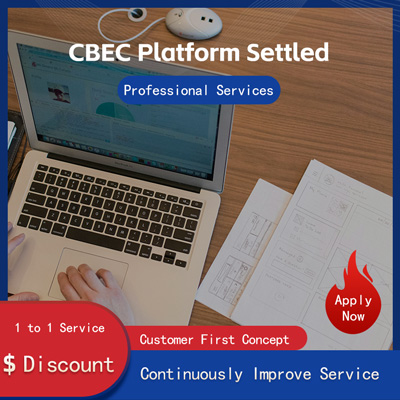
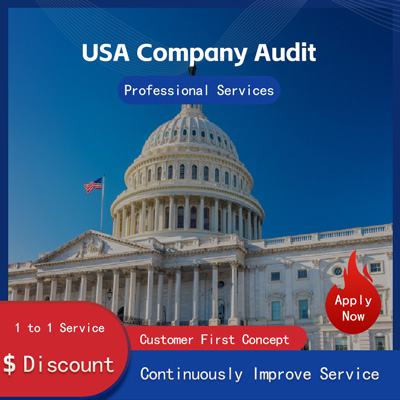
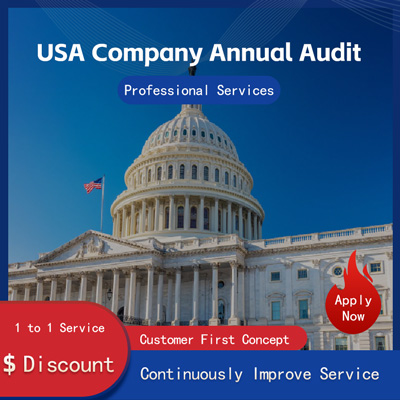

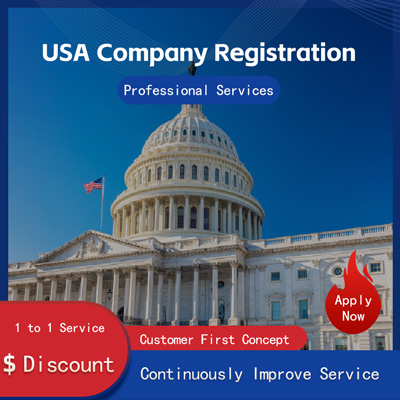

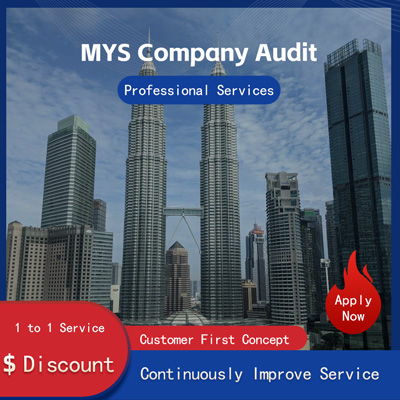
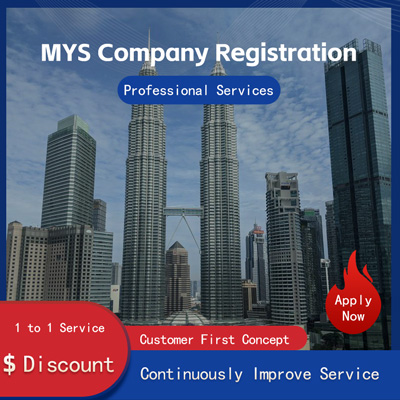

Customer Reviews
Small *** Table
December 12, 2024The experience was very good. I was still struggling to compare it with other companies. I went to the site a few days ago and wanted to implement it as soon as possible. I didn't expect that everything exceeded my expectations. The company is very large, with several hundred square meters. The employees are also dedicated and responsible. There is also a wall of certificates. I placed an order on the spot. It turned out that I did not make a wrong choice. The company's service attitude is very good and professional. The person who contacted me explained various things in detail in advance. After placing the order, the follow-up was also very timely, and they took the initiative to report the progress to me. In short, I am very satisfied and recommend this company!
Lin *** e
December 18, 2024When I first consulted customer service, they recommended an agent to me. They were very professional and patient and provided excellent service. They answered my questions as they came in. This 2-to-1 service model is very thoughtful. I had a lot of questions that I didn’t understand, and it’s not easy to register a company in Hong Kong. Fortunately, I have you.
t *** 7
December 19, 2024I originally thought that they only did mainland business, but I didn’t expect that they had been doing Hong Kong business and were doing very well. After the on-site interview, I decided to ask them to arrange the registration of my Hong Kong company. They helped me complete it very quickly and provided all the necessary information. The efficiency was awesome. It turns out that professional things should be done by professionals.👍
b *** 5
December 16, 2024In order to register a company in Hong Kong, I compared many platforms and stores and finally chose this store. The merchant said that they have been operating offline for more than 10 years and are indeed an old team of corporate services. The efficiency is first-class, and the customer service is also very professional.